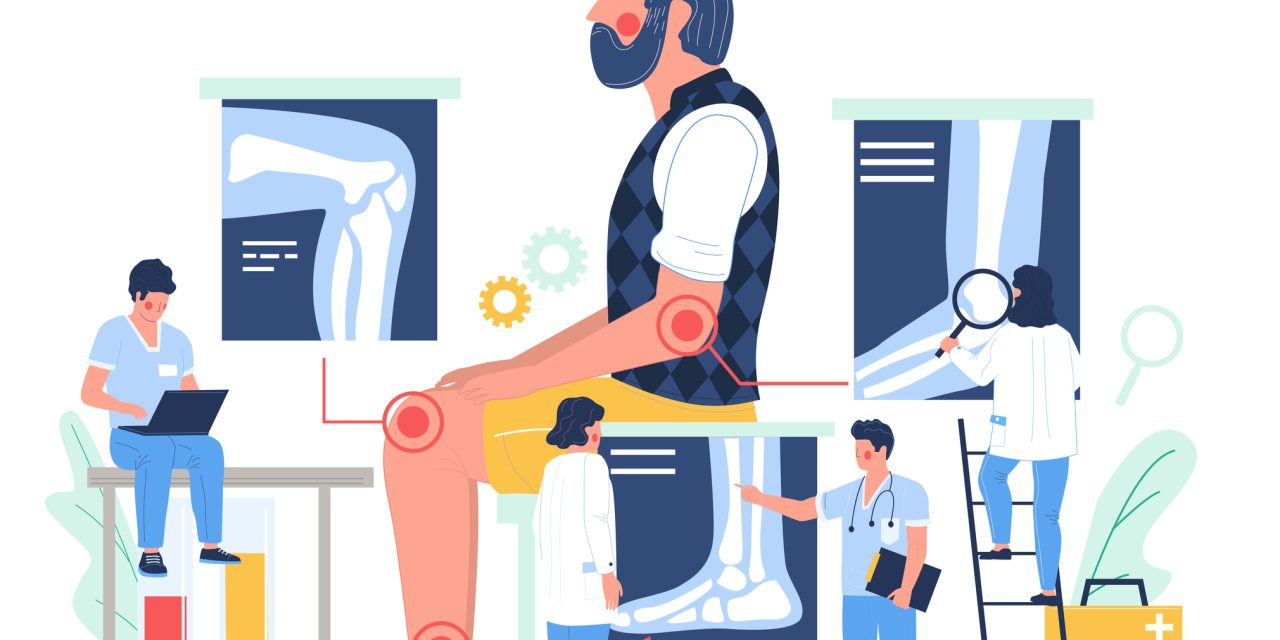Vertebral osteomyelitis can be attributed to many factors including immunosuppression, diabetes, malignancy, collagen disease, periodontal disease, open fractures, and endoscopic procedures. Anaerobic bacteria, such as Veillonella species, are found in the oral cavity and are rarely implicated in the infection. This report describes vertebral osteomyelitis secondary to a dental abscess with positive Veillonella cultures.
A 76-year-old man presented to the hospital due to back pain with a four-day history of fever and chills. CT scans revealed several abscesses in the lumbar region as well as indications of vertebral osteomyelitis. After a psoas drain, the patient began antibiotics with a combination of ampicillin-sulbactam, metronidazole, and levofloxacin, but due to the patient’s penicillin allergy, he was initially desensitized to this antibiotic for a significant period of time. Laminectomies, foraminotomies, and facetectomies were performed, but the infection spread to vertebral levels. The patient was then switched to a combination of vancomycin, metronidazole, and levofloxacin which eliminated the infection. Final laminectomy was performed with posterior segmental instrumentation and arthrodesis. Post-operatively, there were no signs of infection. The patient recovered well and regained mobility. Deeper examination of the patient’s medical history revealed a severe tooth abscess immediately before the onset of bacteremia.
We believe that a delay in the onset of antibiotic treatment is what led to the initial bacteremia that ultimately took root in the lower lumbar vertebrae. To the best of our ability, we could identify only one other case that linked vertebral osteomyelitis to the oral cavity.
Vertebral Osteomyelitis Secondary to a Dental Abscess


